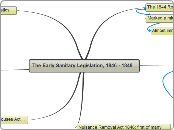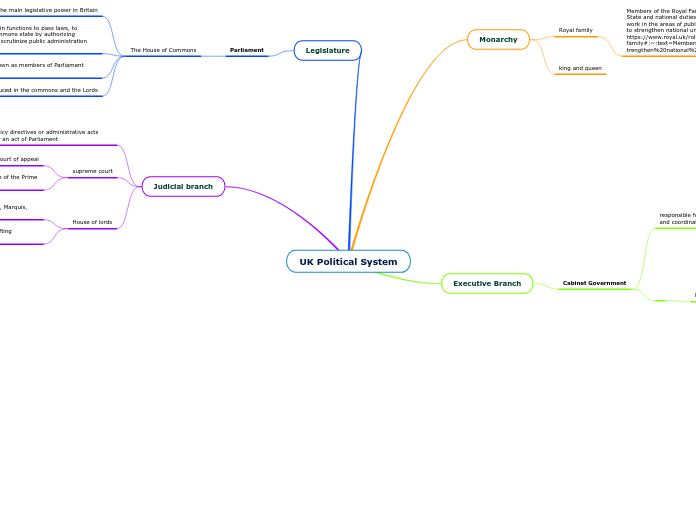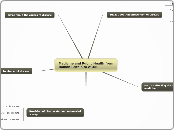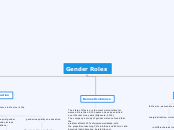American Legal System
Check the link from this topic to learn more about global warming effects, then think about 7 ideas for preventing global warming.
Precedent
Laws and cocnepts based off of previous trials and courts. Has a ripple effect on how things should be ruled. Decisions made in court set a bar for future or previous cases. Trials have the potential to make or shape new systems otherwise, will follow the same routine as old cases with a common theme.
Interpretations of federal law
DCL can be cited in hearings or court cases
DCL (Dear Colleague Letter) are letters that do not add requirments to esisting laws rather inform others about how the agencies interpret the legal obligations under the law by covered entities.
The Law of Special Education
Legislation (P.L. 94-142) Start of legisaltions based off of (PARC) to ensure proper care and provisions for qualified children for Special Education.
HCPA - Overturned Smith v. Rob. provided more rights and ability to collect attornery fees
Smith v. Robinson - Dealt with attorney fees
Mills v. Board of Edu. / Pennsylvania Association of Retarded Citizens v. Commonwealth of Pennsylvania/ 14th Amendment
Federalism
American System=Federal System
Union of states joined under a centeral federal goverment
Federal Government: Protects the Peoples rights and liberties and acts to achieve certain ends for the common good while sharing power with the states.
1oth Amendment ties in to make sure there is a limit to power and equal distibution.
Court Structure
Supreme Court: Can choose what cases to review. Reviews and has final jurisdiction.
Intermediate Appellate Court
The Appellate Court reviews decision of the trial court on the issues of law. Then the decision is made if the trial court judgment should be affirmed, revered, or modified.
Trial Court
1st Level (Fact-Finding) based off of judge/jury hears and the issues and facts are gathered. Judges also make notes and finds issues with laws associated with trials.
Sources of Judicial Power
Vertical Power
Court of Last Resort
"Supreme Court"
Binding on all lower courts, trials, and appellates
Appellate or Intermediate Court
binding on trial courts in it's jurisdiction
Trial Court (district courts)
Fact-Finding
Horizontal Power
Limitied Power
Has the final say which can alter the law or write another law
Virtually all judicial decisions involve the interpretation of the laws of the legislative branch.
Supreme Power
the courts act as the ultimate interpreter of the constitution.
Sources of Law
Type in your idea for preventing global warming.
Case Law
Based heavily in the Legislative Branch
Refers to published opinions of judges that arise in court cases. Therefore cases that go through court that have a huge impact tend to lead to laws being made to compensate for issues made and how we can fix it.
Regulatory Law
The fine tuning of a law to make it more understandable and followable. Congress makes a generalized idea of law and the Regulartory provides the rules and regulations which follow with the law. In addition they can also create rulings regarding the compliance of the laws.
Statutory Law
The authority given to congress to make laws.
Introduced in House/Senate
Referred to comittee
Referred to Subcomittee
Reported by Full Comittee
House/Senate Debate Vote On Bill
Conference comittee if bill passes in both houses
Bill sent to President
Vetoes Bill: If congress overides veto: Bill becomes law.
Bill Signed: New Law
Constitutional law
Type in an argument for this idea.
Each State has their own "state constitution" which allows for each state to set up individual guidelines and structure for their government to ensure the protectionsof rights for their state citizens.
Allocates power and responsibility among legislative, executive, and judicial branches
Judicial: Interprets Laws
Executive: Enforces Laws
Legislative: Creates Laws
Sets the parameters for government action
Defines the fundamental rules which the American system Functions









